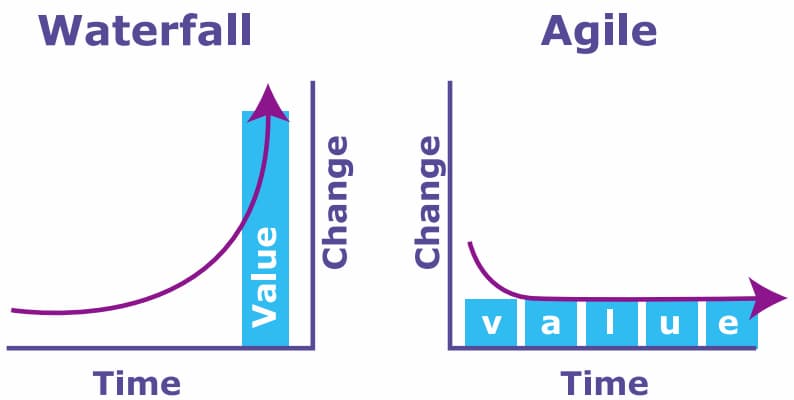As mainframes continue to reliably process billions of vital transactions around the world every day, few laypeople are aware of the approaching iceberg. There’s a troubling skills gap ahead, and the resulting deficit of mainframers could very well leave Big Iron with few and inexperienced resources at the helm. According to a study from Forrester Research, 23% of all enterprise mainframe developers retired between 2013 and 2018. Without a pool of talent ready to replace them, an alarming 63% of these positions have gone unfilled. If you’re a mainframer, you are feeling the pain of this gap—and your bosses are too.
A survey from TEK Systems found that 71% of IT leaders blamed this skills gap for shortcomings in efficiency, and 63% of their employees agreed. As a result, project completion rates are slowing, and time-to-market for application development is increasing. To overcome these hurdles, developers continue to put forth Herculean efforts, working an average of 52 hours per week. On the extreme, 18% put in more than 60 hours. The good news is that there’s a way development teams can ease this burden while more effectively meeting application production goals.
Many organizations are investing in DevOps methodology rather than simply living with the obvious downsides inherent to the traditional waterfall approach, mainframe development teams can reduce time-to-market, deliver value earlier in the development cycle, and automate workflows to improve efficiency.

To put your team on the path to success, follow these three steps.
1. Start with Agile
If your organization has spent the last few decades relying on the waterfall methodology, don’t think you’re going to dive right into DevOps. Instead, you’ll need to familiarize yourself with certain aspects of agile, from programming in iterative stages to conducting regular user testing and feedback gathering. With these and other agile principles in place effectively, you can begin to set your sights on DevOps.
2. Embrace automation
DevOps developers automate formerly manual processes such as code benchmarking or infrastructure improvements whenever possible. Automation improves efficiency and reduces the workload of already-strained teams (and systems), and as an added bonus, it can reduce application development time-to-market and help you meet growing demands from the business side of the organization. That being said, look before you leap when deciding what should be automated. Flawed automated processes will just generate flawed results much more quickly.
3. Maintain high code quality
For the DevOps approach to succeed, faster app delivery can’t come at a cost to code quality. Otherwise, poorly performing applications will rapidly erase any advantage earned by DevOps adoption. To ensure SQL code standards continue to be met, rely on a quality assurance tool such as Insoft Infotel’s DB/IQ Quality Assurance (QA). DB/IQ automatically checks SQL code to ensure performance and scalability, and you can add customizable quality criteria to the 350+ rules already available out of the box. For DBAs and developers, DB/IQ offers interactive, automated quality control.
Rapid development has never been a part of mainframe culture, which means that embracing DevOps won’t be easy. Fortunately, it’s worth the effort. With the growing demands being placed on a shrinking workforce, an accelerated methodology is essential. DevOps combines the pace pioneered in Agile with the key ingredients of automation and communication, resulting in a development cycle that can meet demands both now and in the future.To learn more about how to prepare your organization for the arrival of DevOps on the mainframe, download our whitepaper today.

